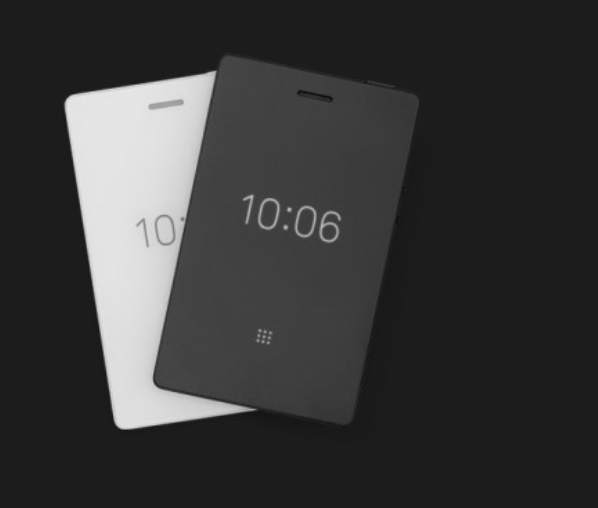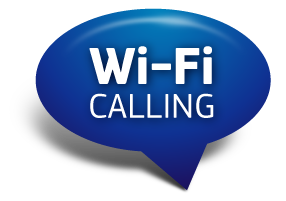For App Addicts
Light Phone 2 may help
Your smartphone is the one thing you carry on you at all times. It has become an omnipresent device, with very few places where one’s not allowed to have it. It helps a great deal, but it’s ever more damaging as well. Today we face something that’s called ‘app addiction’ and there are more and […]

